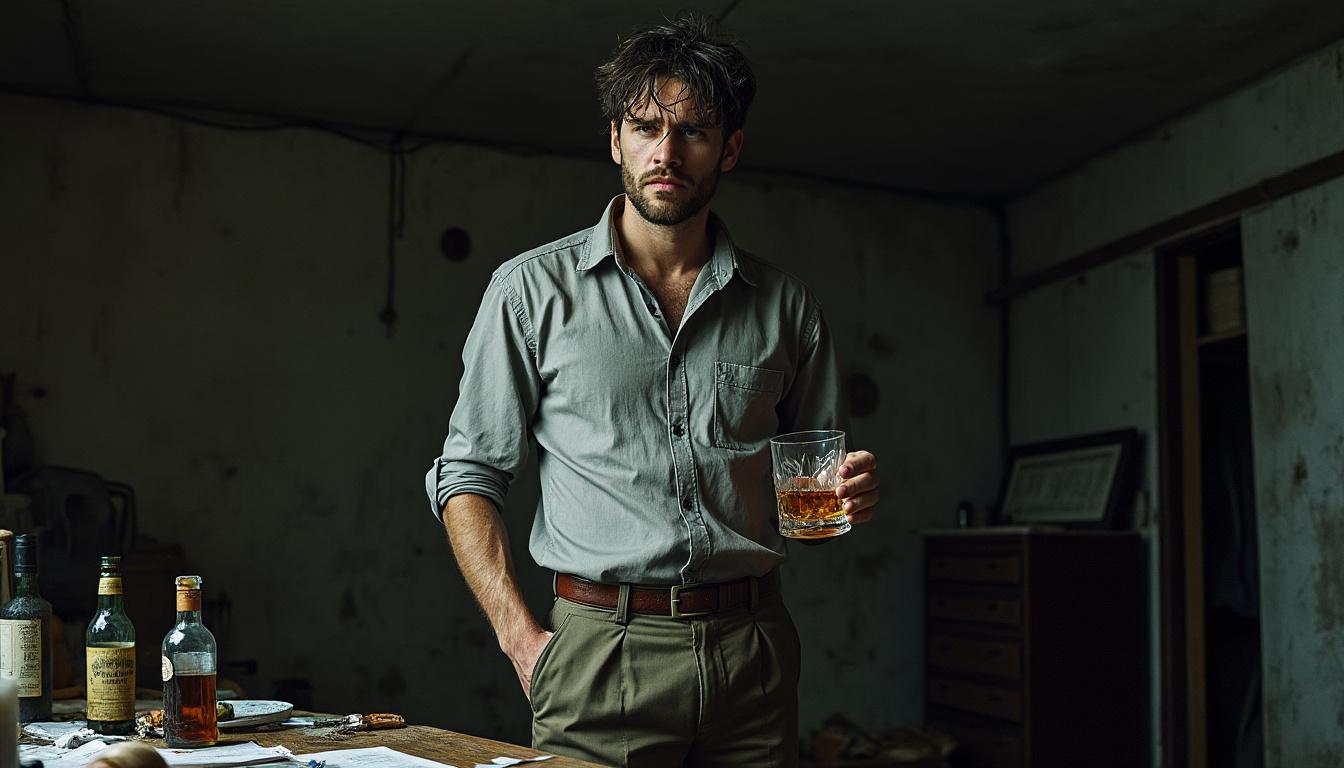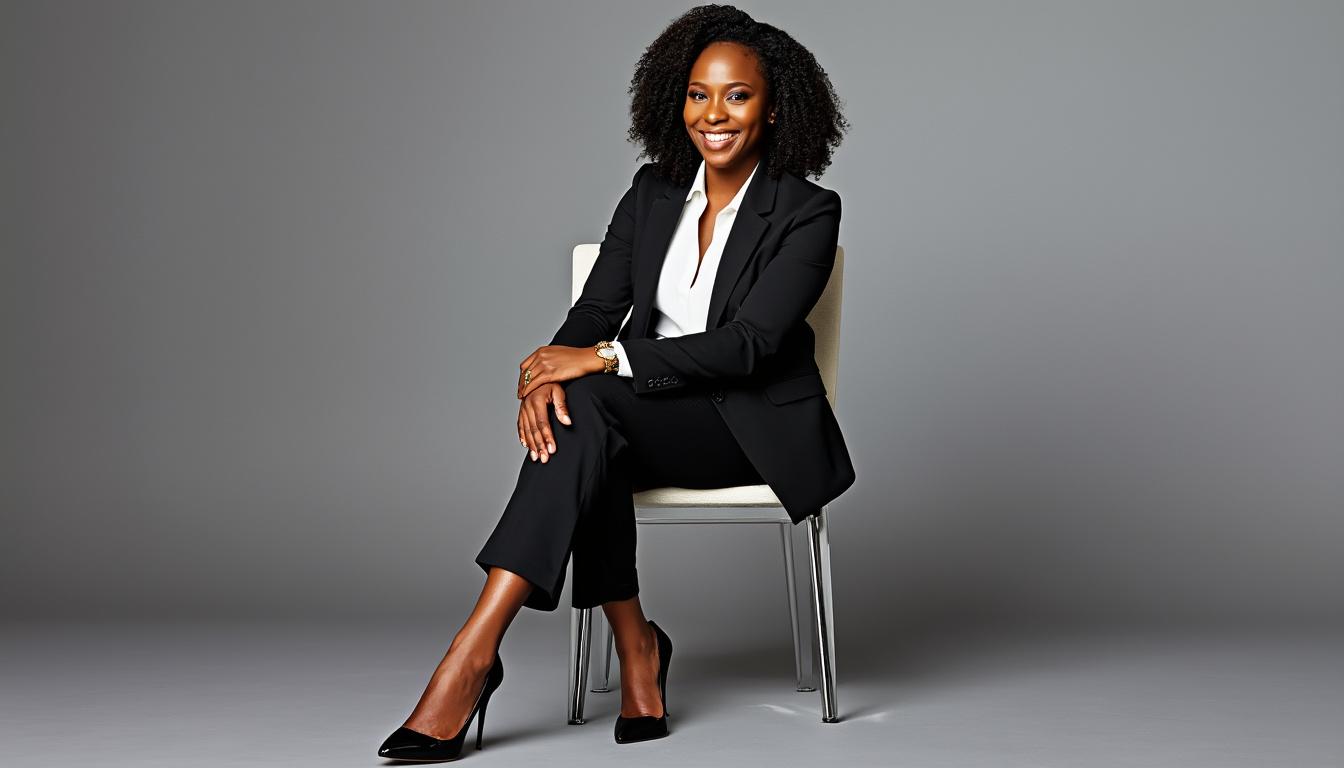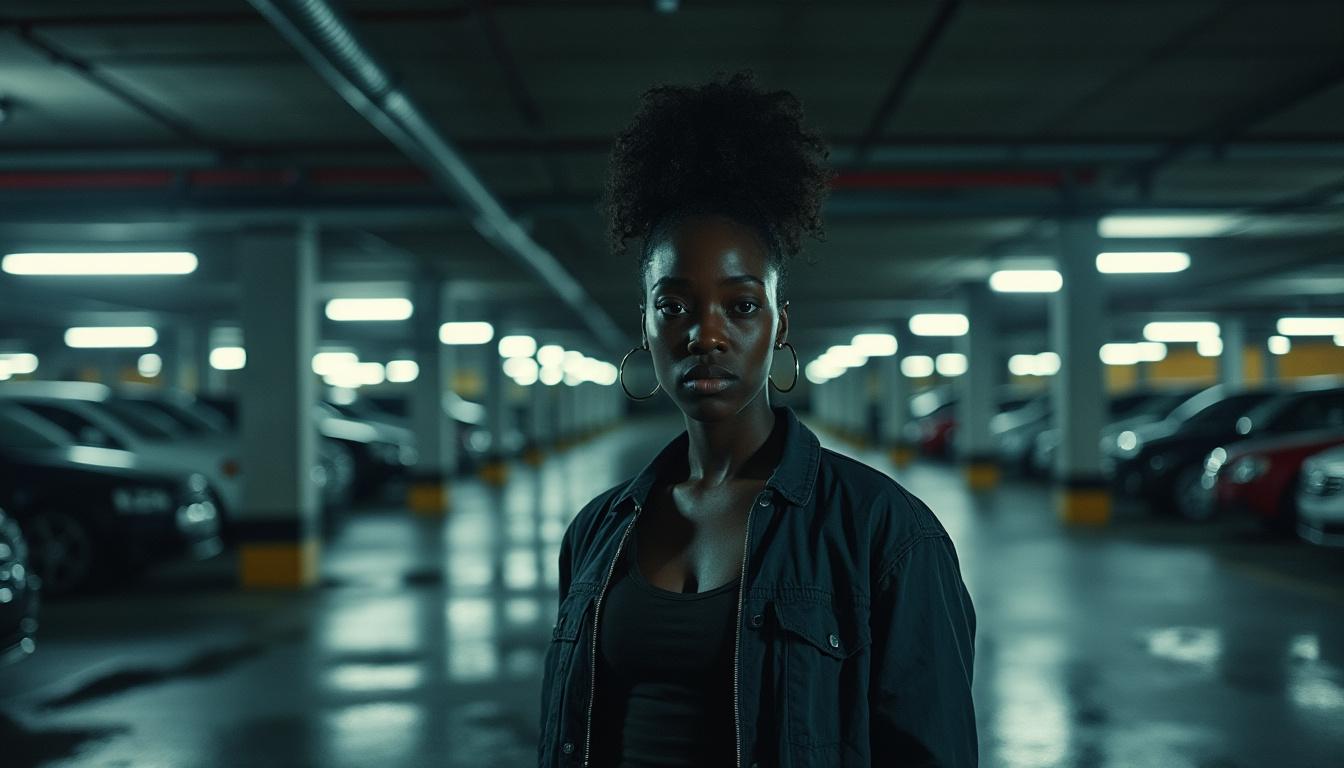In the evolving realm of cinema, few stars shine as brightly as Issa Rae. Her multifaceted career, blending humor with thought-provoking narratives, has captured the hearts of many. With the upcoming film Good People, Bad Things, Rae finds herself in a unique predicament: trapped in an endless parking garage. This film not only promises thrilling twists but also serves as a canvas exploring her versatility as an actress within the ever-expanding genres of thriller and dark comedy.
The unique premise of Good People, Bad Things
At the heart of Good People, Bad Things lies a gripping premise that sees Rae character navigating the claustrophobic environment of an endless parking garage. The uniqueness of this setting elevates the overall narrative, infusing it with a sense of unease and tension. Unlike traditional thrillers which often showcase expansive landscapes or dynamic urban settings, the confines of a parking garage encapsulate feelings of entrapment, isolation, and psychological suspense. The film, directed by Ninian Doff—renowned for his distinctive storytelling in projects like Get Duked!—culminates in a cinematic experience that pushes boundaries.

The screenplay not only addresses the physical barriers but also delves into psychological themes. Rae’s character, overwhelmed and confused, reflects the struggles many face in their day-to-day lives. The narrative can be interpreted as an exploration of the challenges of modern existence. Coupled with the elements of a thriller, viewers are set to experience an evolution of Rae’s character that showcases her depth as an actress.
Moreover, as the plot unfolds, distinct interactions occur with various other characters Rachel encounters within the garage. This reinforces the theme that amid chaos, the complexity of human relationships persist. There’s potential for character development, showcasing fears, alliances, and confrontations, bringing to life the nuances of human connection when faced with adversity.
Comparison with classic films
The intertwining of comedy and thriller isn’t new to cinema; several classic films have successfully navigated this path. Movies like Pulp Fiction and The Menu display similar genre-blending tactics, offering both suspense and levity. Good People, Bad Things aims to evoke a modern twist on this narrative approach. By placing a character like Rae at the helm, the film further infuses a relatable touch to the dark humor, enhancing the overall viewing experience.
- Pulp Fiction: Notable for its interwoven stories and dark humor amidst violent themes.
- The Menu: Engages audiences with social commentary and a satirical take on culinary elites.
- Game Night: Establishes a blend of comedy and suspense through an evening that escalates unexpectedly.
This delicate dance between genres not only cultivates tension but also ensures that the audience remains engaged, questioning what is real and what is fabricated. The psychological layers presented in these films resonate with the reality faced by Rae’s character, establishing a compelling connection that transcends mere entertainment.
The dynamics of character development
Character development is crucial in understanding the impact and depth of a story. In Good People, Bad Things, Rae’s character embarks on a transformative journey, navigating the confines of the parking garage, which symbolically represents her internal struggles. The limited setting reinforces the intensification of her emotional journey, creating a visceral experience for viewers.

Rae’s past performances have often highlighted her ability to create genuine, relatable characters. In projects like Insecure, she masterfully portrays a range of emotions, reflecting the complexities of modern relationships. Utilizing her comedic timing and dramatic gravitas, she brings a unique depth to the roles she inhabits. This experience will undoubtedly play a pivotal role in Good People, Bad Things.
As the story progresses, viewers will witness the evolution of Rae’s character in several respects:
- Physical Isolation: The parking garage serves as a metaphor for entrapment. Rae’s character is forced to confront her fears, represented by the dark and endless corridors.
- Social Interactions: Encounters with both allies and antagonists within the garage lead to character revelations that probe deeper emotions, questioning trust, reliance, and human connection.
- Psychological Transformation: The challenges faced propel Rae’s character toward self-discovery, exploring what it means to be resilient in daunting situations.
Such character development is reflective of contemporary storytelling, where significant emphasis is given to the psychological journeys of individuals. Rae’s nuanced portrayal will resonate deeply, forging connections between the character’s experiences and audience emotions.
The evolution of Issa Rae as an actress
Issa Rae stands out as an influential figure in contemporary entertainment. Her rise from the web series Awkward Black Girl to attain recognition in mainstream media is a tale of ambition and determination. With her knack for blending humor with heartfelt narratives, Rae has successfully carved a niche for herself within the entertainment landscape.

The shift to darker themes in her film selections signifies Rae’s growth as an actress, demonstrating her versatility and willingness to take risks. Collaborating with acclaimed filmmakers and participating in projects beyond traditional comedy, such as her roles in The Hate U Give and the sci-fi realm of Black Mirror, reveals her adaptability.
Within the context of Good People, Bad Things, her portrayal encapsulates the tension between humor and drama. This balance invites audiences to explore the deeper emotional currents of her character while still delivering moments of levity amidst the chaos. The following factors contribute to Issa Rae’s ongoing evolution:
- Range of Genres: Delving into comedy, drama, and now thrillers, Rae continually broadens her artistic capabilities.
- Courage to Tackle Current Issues: Rae’s projects resonate with societal themes, reflecting contemporary struggles, fostering dialogue and awareness.
- Relatable Narratives: Her characters resonate with real-life experiences, connecting with the audience on a personal level.
As Rae embraces these challenges, her status as a dynamic actress solidifies further. The anticipation surrounding Good People, Bad Things exemplifies the excitement of witnessing her latest evolution.
Making waves in independent cinema
Independent cinema has long served as a crucible for innovative storytelling and creative exploration. Issa Rae’s involvement with projects of this kind reinforces her commitment to fostering unique narratives and authentic character portrayals. As she continues to blur the lines between mainstream and indie projects, her influence serves to enhance the landscape of modern film.
The upcoming film, Good People, Bad Things, produced by MRC, adds to Rae’s impressive repertoire of collaborative works. Previously, her team-up with MRC produced the critically acclaimed The Lovebirds—a romantic comedy that deftly intertwined humor with real-world challenges, showcasing Rae’s signature blend of wit and emotional depth.
Independent films allow for freedom of expression and can often harbor experimental narratives. The intimate nature of such projects opens avenues for risk-taking, both in storytelling choices and character arcs. This burgeoning space offers filmmakers the opportunity to explore themes less frequently tackled in commercial cinema. The implications for Good People, Bad Things include:
| Aspect | Description |
|---|---|
| Creative Control | Independent films enjoy a higher degree of creative freedom, allowing unique narratives and stylistic choices. |
| Character-Driven Stories | Focus on character exploration attracts audiences seeking depth beyond superficial plots. |
| Genre Fusion | Indie films often blend genres, providing fresh perspectives and innovative storytelling techniques. |
The unique thematic elements presented in Good People, Bad Things highlight the ongoing relevance of independent cinema as it intersects with more mainstream narratives. Rae’s trajectory, coupled with the film’s innovative premise, promises to stimulate conversation on what defines success in the evolving film industry.


